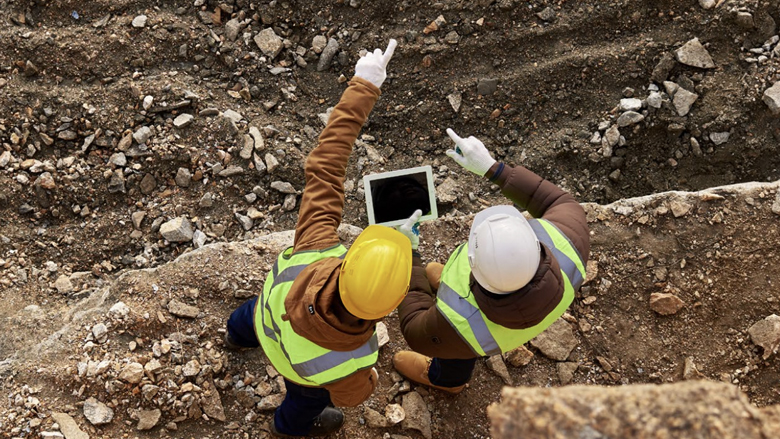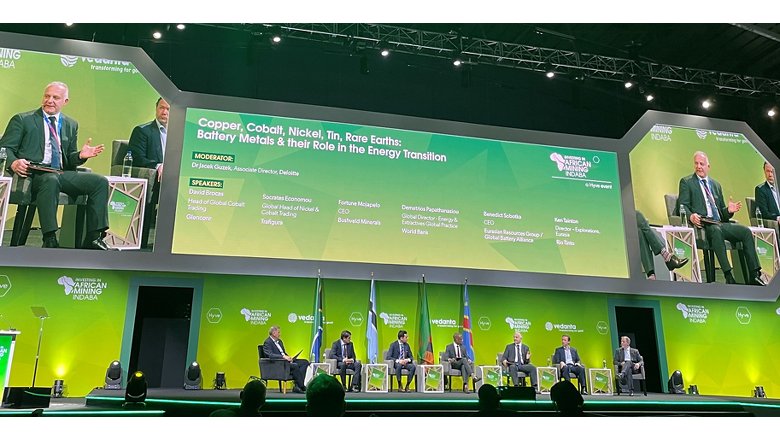Renewable technologies such as battery storage systems, low-carbon hydrogen, solar panels, wind turbines as well as the required expansion of transmission infrastructure, rely on minerals and metals. The energy transition is expected to massively boost demand for these minerals and metals.
The recent Minerals for Climate Action report shows that demand for minerals such as graphite, lithium, and cobalt could increase fivefold by 2050 to meet the growing demand for clean energy technologies. Approximate estimates indicate that more than 3 billion tons of minerals and metals will be needed to realize the Paris Agreement's goals of net-zero greenhouse gas emissions by 2050.
At the same time, the war in Ukraine has disrupted commodity markets, sending energy prices spiraling upward. In turn, high energy prices have increased the cost of producing metals and minerals, driving up the cost of renewable energy.
How will the world meet high mineral demand to build a renewable energy future?
The answer lies in mineral-rich countries in the developing world.
Over two-thirds of the world's known lithium reserves are in Argentina, Bolivia, and Chile—also known as the "lithium triangle." The Democratic Republic of Congo holds the world's largest cobalt reserves; bauxite reserves are highly concentrated in Brazil, Guinea, Indonesia, and Jamaica.
This growing mineral demand is expected to require an estimated $1.7 trillion in global mining investment. Attracting a share of this investment to low and middle-income countries could contribute to economic growth, jobs, and local development.
While this is a tremendous opportunity, it must be done well and responsibly.
This is no easy task. Higher demand for copper and nickel—combined with the declining ore grades in these minerals—could increase by 50 to 100 percent annual GHG emissions associated with their production.



